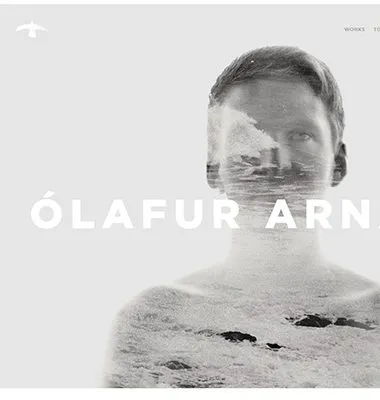Photography Trends 2024: The Next Wave of Creative Expression
Every year, the world of photography undergoes an exciting transformation, reflecting the ever-changing nature of the medium. What themes and concepts should you embrace in 2024 to resonate with diverse audiences and ensure your photography projects stand out?
In 2024, photography trends bridge past eras and embrace the advancements of the digital age. From the nostalgic charm of Analog Echoes to the cutting-edge realm of AI Enhanced Creativity, discover what drives these trends and how they’re reshaping the world of photography in the following year.
Exploring 2024’s key photography trends: insights and predictions
Photography Trends 2024 is one of the insightful initiatives by Depositphotos. Along with Creative Design Trends 2024, it is aimed at forecasting the evolving landscape of visual communication. Our goal is to equip you with essential knowledge and fresh inspiration to tackle new challenges, boost your confidence in upcoming projects, and help you find innovative ideas more easily.
Photography Trends 2024 is a detailed process that takes months of careful analysis, drawing on expert opinions, community feedback, and in-depth statistical research in Depositphotos’ extensive library of over 250 million files. This methodical process helps us make informed predictions and offer clear insights into the visual preferences of future audiences.
What’s particularly fascinating about the current photography trends is how they mirror broader cultural shifts. As the world becomes more digitally connected, there’s a contrasting yearning for the simplicity and authenticity of the past. This dichotomy is beautifully captured in the juxtaposition of high-tech AI advancements and the nostalgic charm of retro styles.
These year’s trends also underscore the role of photography as a universal means of communication, capable of conveying complex narratives and emotions. They show us that photography is more than just capturing moments—it’s about telling a story, evoking a feeling, and challenging how we see the world. By looking ahead into 2024, these trends provide a platform for you to experiment, explore, and express yourself creatively.
7 Photography Trends for 2024: Defining the New Visual Era
1. Hyperrealism
Hyperrealism transcends the traditional bounds of visual representation. It’s characterized by breathtaking ultra-high definition, capturing every nuance of the subject with a clarity beyond what the human eye can usually perceive.
Despite the realism, there is often something slightly surreal about hyperreal images. This could be due to the unnatural level of detail, the heightened colors, or the perfect lighting, which gives these images a dreamlike quality. It’s not just the sharpness of the image or the brightness of the colors that captivates; it’s the way these elements are combined to create something that feels both familiar and otherworldly.
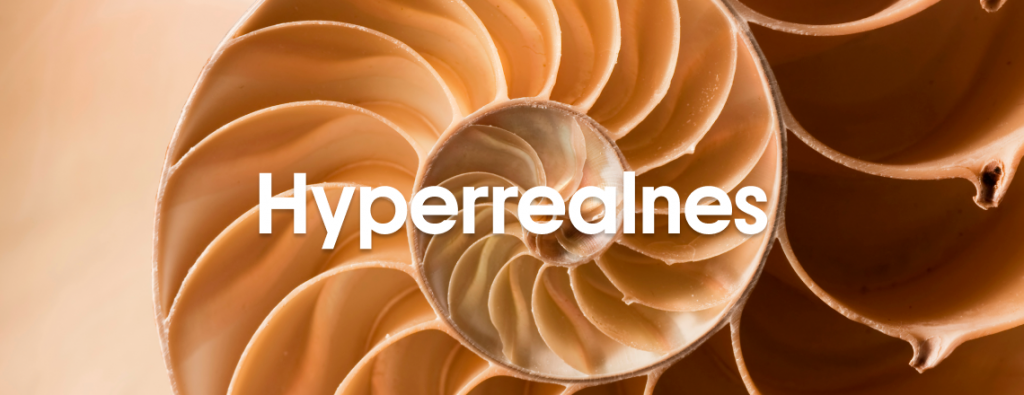
Key characteristics:
- Ultra-high definition. Hyperreal images are characterized by their incredible sharpness and clarity. Every detail, no matter how small, is captured with precision, resulting in photos that are crisp and highly defined.
- Vibrant color palettes. Color in hyperreal photography is often amplified, resulting in images that are more vibrant and saturated than in real life. This enhancement makes the photos pop and adds to their surreal hyperreal quality.
- Extra detail. The focus on extreme realism means that every element in the photo, from textures to reflections, is depicted with utmost precision and detail, often surpassing what is typically perceived by the naked eye.
- Advanced post-processing. Hyperreal photography makes extensive use of advanced post-processing techniques. This can include HDR imaging, meticulous color grading, detailed sharpening, and noise reduction processes.
2. Monochrome Contrast
In 2024, high-contrast photography will captivate viewers with its bold and dramatic visual language. This style is marked by its ability to distill an image to its core elements, emphasizing a striking range of tones from deep blacks to bright whites. The essence of this trend lies in simplicity and strength.
Its approach often evokes the mood of classic film noir or the dramatic chiaroscuro techniques used in traditional painting. Focusing on the fundamental interplay between light and shadow, it doesn’t need to rely on color saturation or intricate details to create an impactful visual experience.
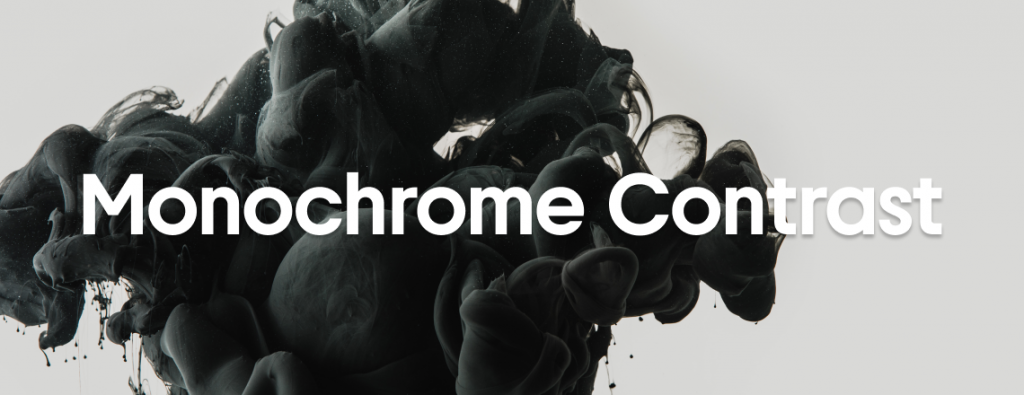
Key characteristics:
- Light and shadow interplay. High-contrast photography is defined by stark differences between light and dark areas. This creates dramatic shadows and highlights, adding depth and dimension to the image.
- Bold tonal ranges. This trend is known for making bold visual statements. It creates a significant emphasis on a wide tonal range, from deep blacks to bright whites. This range helps emphasize the subject or draw attention to certain aspects of the composition.
- Texture highlighting. High contrast accentuates textures, making them more pronounced. Textures under such lighting conditions can add a tactile quality to the image, making surfaces and materials stand out in the photo.
- Minimal color distraction. Although high-contrast photography can have color, the strong contrast often reduces the dominance of these hues, making them less distracting and allowing the viewer to focus more on the composition.
3. Quiet Luxury
The quiet luxury trend is gaining momentum, as we live in a world where simplicity and authenticity are becoming highly valued. This trend moves away from the brash and flashy, embracing a minimalist approach that speaks through subtlety instead.
Quiet luxury in photography is characterized by soft lighting, clean lines, and minimalist compositions. It conveys luxury through a lens of simplicity—where less is more, and the quality speaks for itself. The focus is on the beauty of the subject, whether it’s a finely crafted piece of jewelry or an elegant interior. It finds a place in high-end product advertising, editorial shoots, and lifestyle photography, where it communicates exclusivity without the need for extravagance.
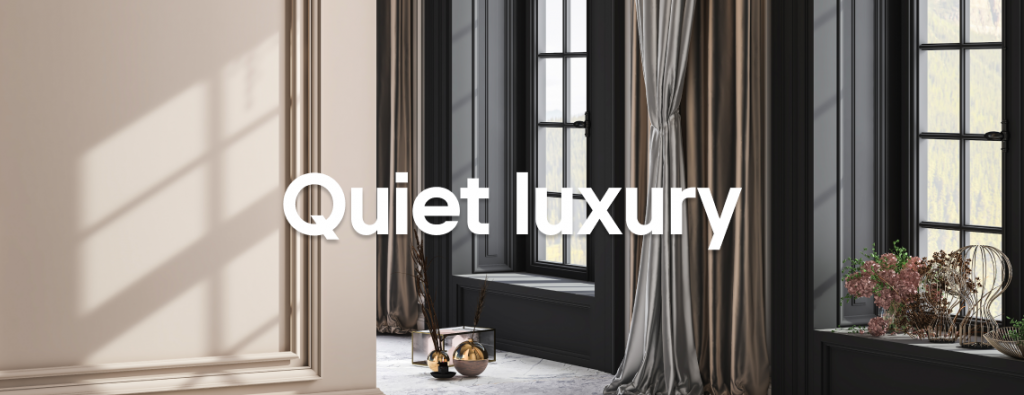
Key characteristics:
- Minimalist aesthetic. Quiet luxury is characterized by clean lines, uncluttered compositions, and a focus on the essentials. This approach highlights the beauty and quality of the products without unnecessary details.
- Muted color palettes. Distinctive color grading sets the tone and mood of the quiet luxury look. Soft, understated colors, often pastels, are a hallmark of this trend, conveying a sense of calm and timeless elegance.
- Emphasis on space and environment. In quiet luxury, there’s often emphasis on the space around the product. This could mean capturing items in a harmoniously designed environment or using negative space in the composition to highlight the product.
- Focus on texture and material. Quiet luxury places a strong emphasis on the tactile quality of materials. The feel of a product—be it the softness of leather, the smoothness of silk, or the warmth of wood—becomes a crucial aspect of the luxury experience.
4. Analog Echoes
Trends often cycle through time, and the resurgence of the vintage aesthetic is a testament to this. Captivating audiences with its nostalgic charm, this trend takes us back to an era before the dominance of smartphones and the internet, evoking memories of a more analog world. The true allure of this trend lies in its ability to transport us to simpler times.
It is defined by a rich fusion of retro color palettes and classic compositions reminiscent of the ’70s, ’80s, and ‘90s. Authentic touches like film grain and lens flares are nicely incorporated, adding authenticity to the overall retro vibe.

Key characteristics:
- Aged palettes. This trend often leans towards hues that reflect the past: muted, desaturated colors, sepia tones, or even monochromatic schemes. These colors are rarely vibrant or overly saturated, but instead, they have a faded quality that conveys the aged look typical for film photographs.
- Grain and textures. The deliberate inclusion of grain mimics the texture of high-ISO film, a common feature in older photographs. The textures can also include scratches, dust marks, or uneven development — elements that add to the aged quality of photos.
- Diffused lighting. The lighting often mimics softer, more diffused techniques. It creates gentle and evenly lit scenes that contrast with the high-definition lighting of modern photography. This trend avoids harsh shadows and highlights, contributing to the overall nostalgic feel of the photograph.
- Post-processing. This trend involves the use of filters and effects to replicate the characteristics of old lenses, such as soft focus, lens flare, or chromatic aberration. Moreover, post-processing can involve manually aging the photo with effects that simulate sun exposure, water damage, or chemical stains.
5. AI Enhanced Creativity
As AI technology continues to advance, its integration into photography both simplifies workflows and enhances creative potential. AI tools now range from editing software that elevates photo quality to algorithms capable of generating entirely new images. This trend is driven by the constant evolution of AI technologies, which are becoming simultaneously more complex and user-friendly.
AI-enhanced photography is more than just about the end result. It revolutionizes the creative process, assisting photographers in realizing visions that might have been unattainable with traditional techniques. The trend reflects a broader shift towards integrating technology in creative processes, where AI is seen as a tool that enhances rather than replaces human creativity.
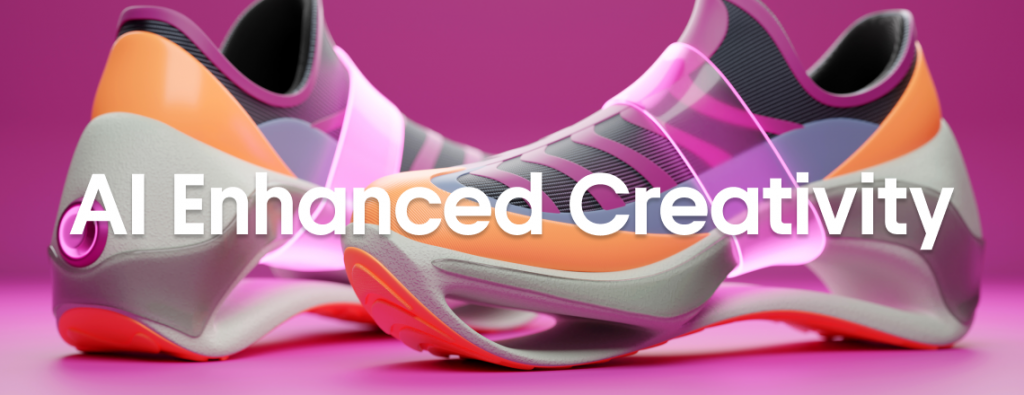
Key characteristics:
- Automated editing. As a photo is taken, AI tools can instantly apply filters and adjustments, allowing users to immediately see the enhanced image. These tools can be applied to a variety of automated effects, from smoothing skin tones in portraits to bringing out the rich textures in landscape shots.
- Enhanced quality. Algorithms enable photographers to significantly improve the overall quality of images. They sharpen details, optimize exposure, and refine color balance, resulting in photographs that are visually more appealing and professional.
- Dynamic range optimization. AI can effectively manage challenging lighting conditions, enhancing the dynamic range to reveal details in both shadows and highlights that might otherwise be lost in standard photography.
- Style transfers. This trend enables creative transformations in images, such as style transfers where the image can be made to mimic a particular artistic style, creating a blend of traditional photography and art.
6. Cinematic Narration
In the era of social media and digital marketing, brands are increasingly seeking innovative ways to tell their stories. Cinematic photography, now more popular than ever, has risen to meet this demand. Its rising popularity is fueled by advancements in AI tools and more accessible technology, making cinematic looks easier to achieve and more prevalent than in visual storytelling.
This style, reminiscent of stills from a film, combines meticulous composition, dramatic lighting, and thoughtful color grading. Together, these qualities provide content that is not only aesthetically striking but also rich in emotional resonance.
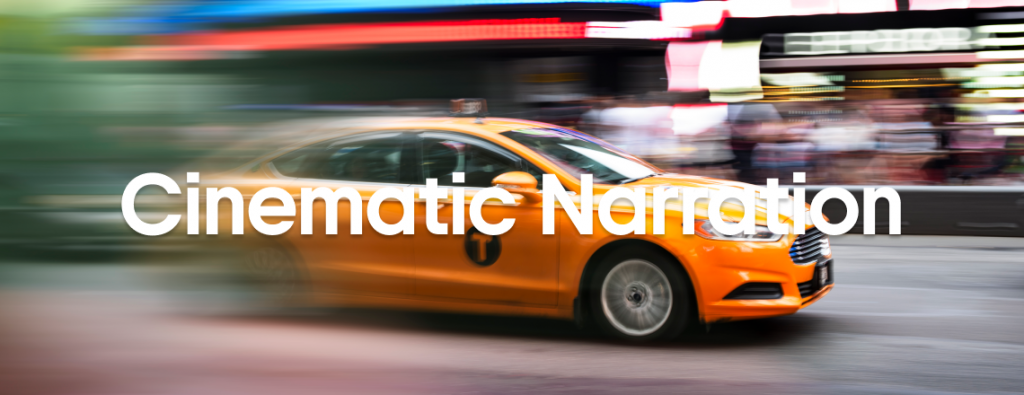
Key characteristics:
- Narrative elements. Elements that suggest a story are integral to cinematic photography. This could be through the expression of a subject, a suggestive setting, or props that hint at a larger narrative. Small details are often emphasized to add authenticity to the storyline.
- Depth of field and focus. Cinematic photography uses a shallow depth of field with the subject in sharp focus. This technique blurs the background, draws the viewer’s attention, and makes the subject stand out.
- Compelling composition. Much like in film, composition in cinematic photography is deliberate. It often uses techniques like the rule of thirds, leading lines, and framing to guide the viewer’s eye and emphasize the subject and the narrative aspect of the photograph.
- Dramatic lighting. Lighting plays a key role in adding depth, mood, and drama. This can include the use of natural light to create silhouettes, backlighting for a halo effect, or low-key lighting for an introspective feel.
7. Beyond Binary
At its core, this trend deconstructs traditional gender portrayals, showcasing a spectrum of identities that transcend the binary concepts of male and female. It manifests itself in a juxtaposition of masculine and feminine elements within a single frame, as well as the use of androgynous or neutral models, poses, and styling.
Within this trend, compositions tend to avoid conventional framing that reinforces stereotypical portrayals and might employ asymmetrical angles or unconventional compositions. Styling and poses are meant to mix elements typically associated with different genders and express the individuality of the subject, rather than conform to expectations of how they should be presented.
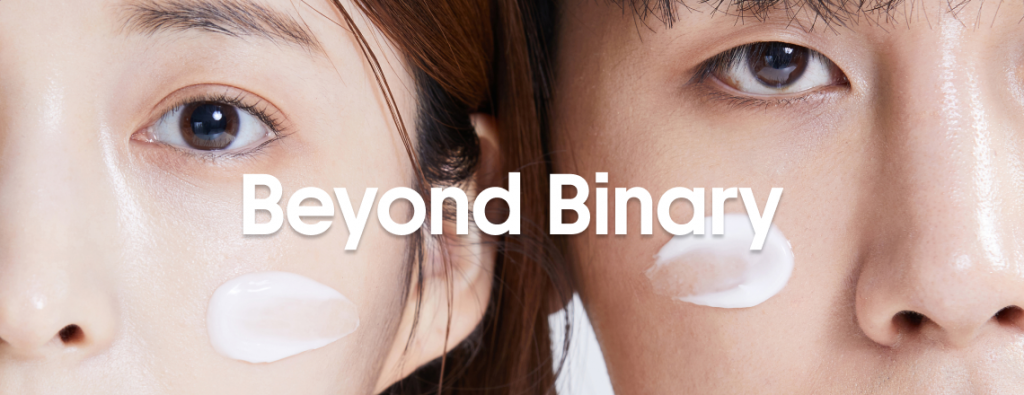
Key characteristics:
- Blurring styling. Styling within this trend is characterized by the avoidance of gendered clothing and accessories. Instead, there’s a focus on gender-neutral fashion, which doesn’t conform to gender expectations.
- Diverse casting. The subjects in photographs represent a broad spectrum of identities, including non-binary and gender-fluid individuals. This diversity extends to encompassing various ethnicities, ages, body types, and abilities.
- Natural poses. The posing and body language in the images are natural and relaxed, moving away from poses that might align with gender norms. The aim is to capture subjects in a way that feels true to their personal identity and expression.
- Authentic representation. This trend isn’t just about including diverse gender expressions but doing so in a way that is respectful and authentic. This means aiming for a genuine portrayal of individuals without imposing different forms of expression.
What’s the next big thing in photography?
As we look towards 2024, the photography trends offer a rich palette for creative expression, blending the allure of the past with innovations of the future. These trends go beyond merely adapting to technological and cultural shifts; they encourage us to embrace these changes to craft more engaging and compelling narratives. In 2024, photographers are invited to expand their creative horizons, experiment with novel techniques, and forge deeper connections with audiences through their art.





